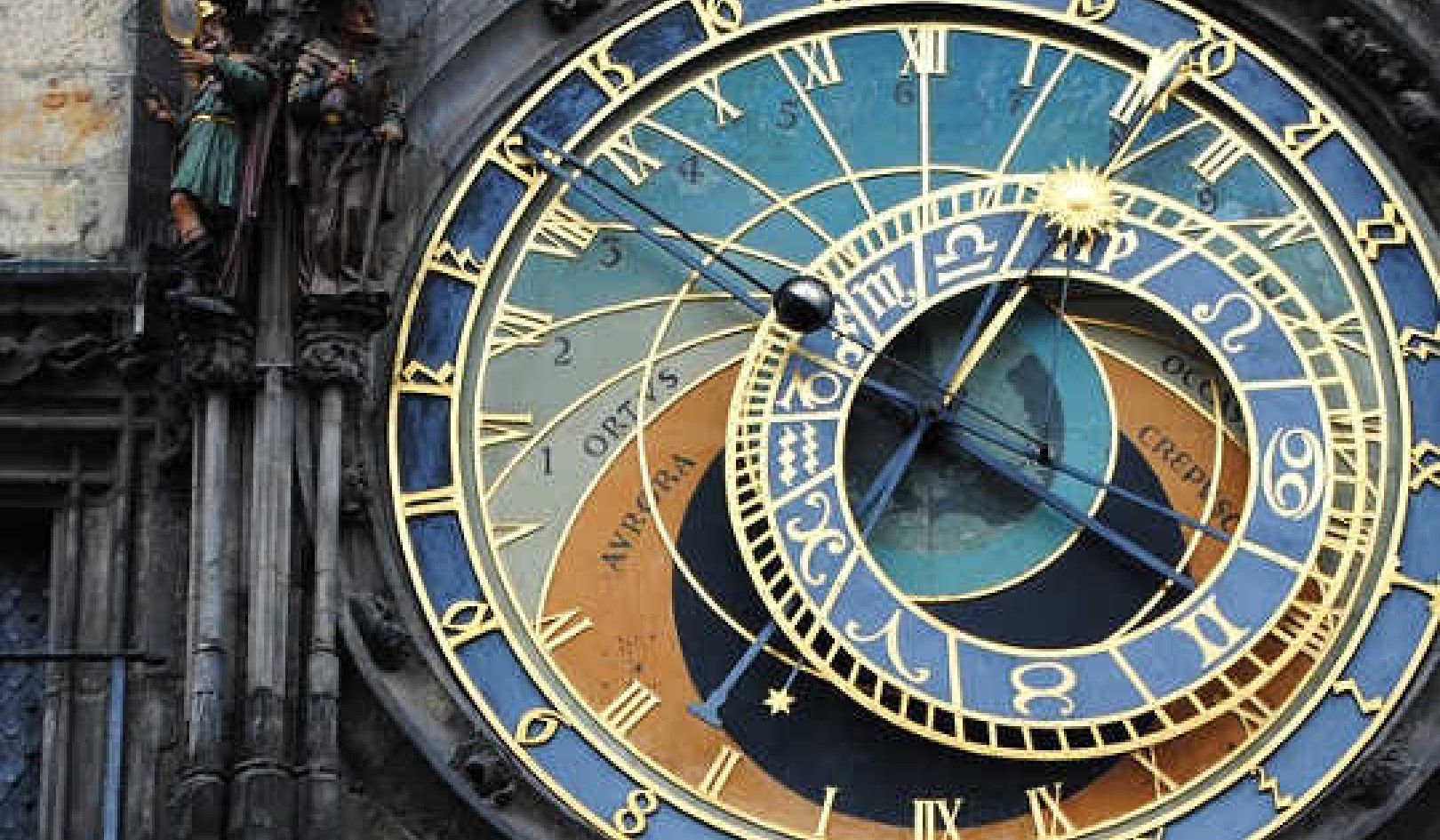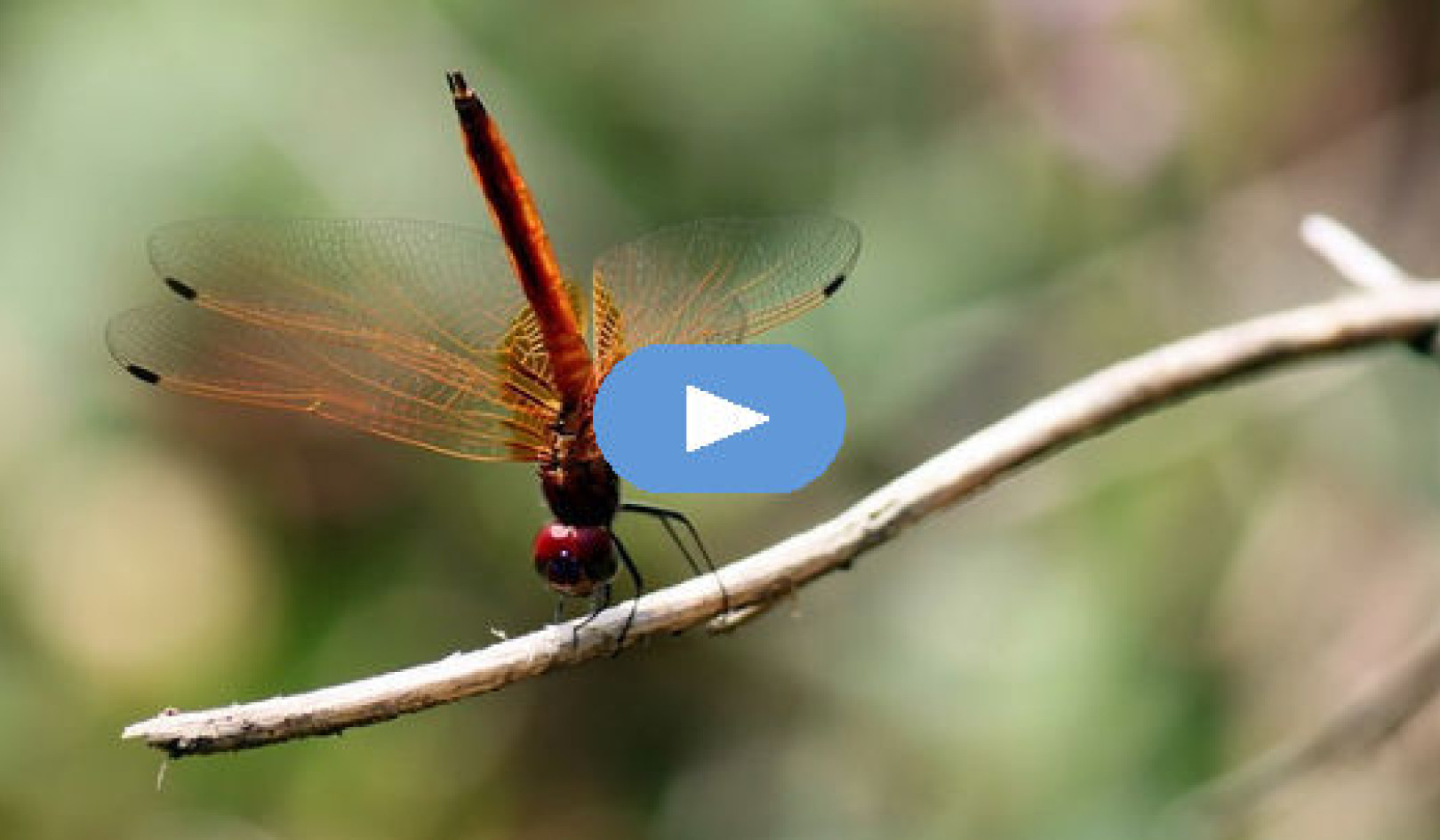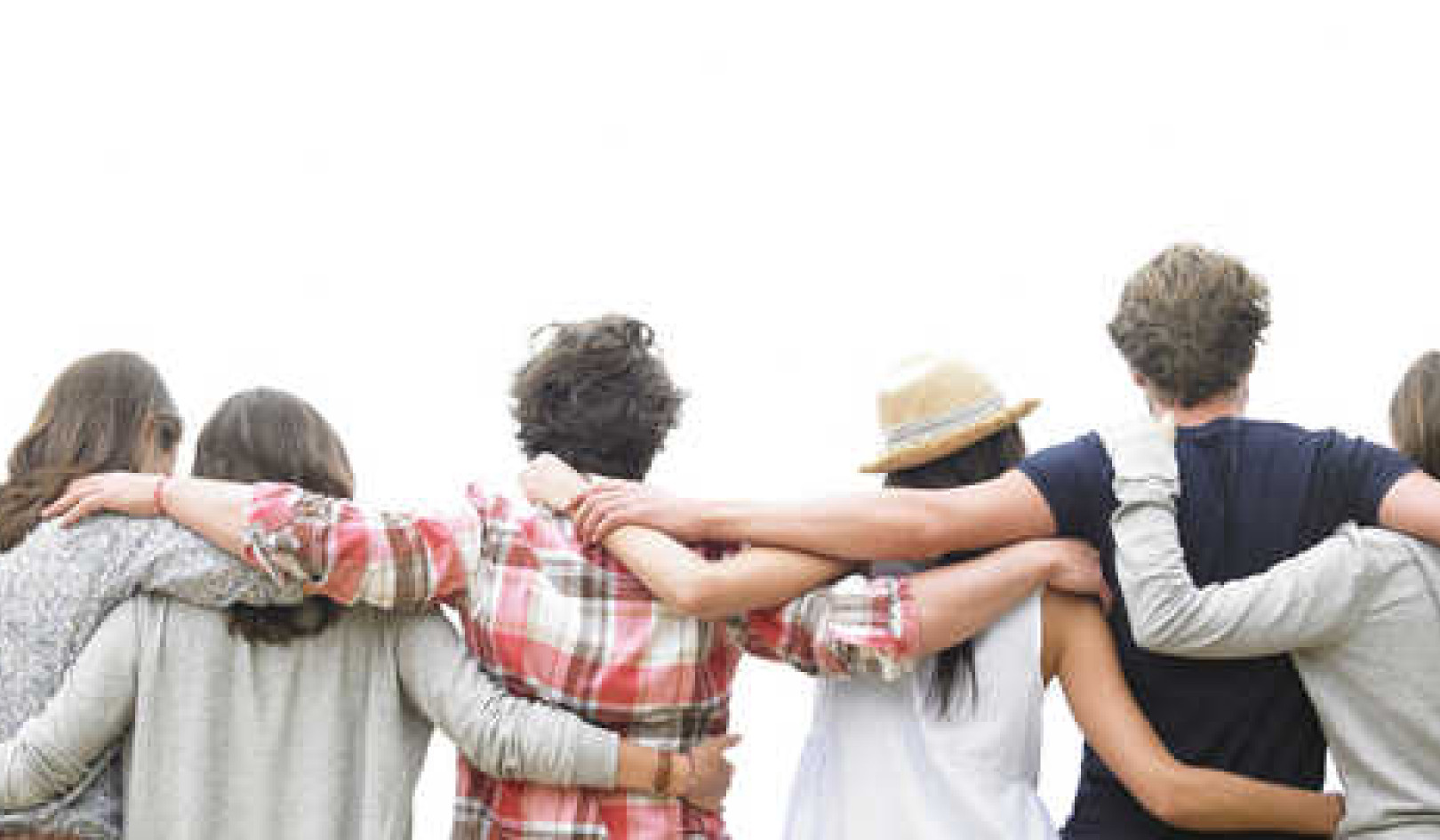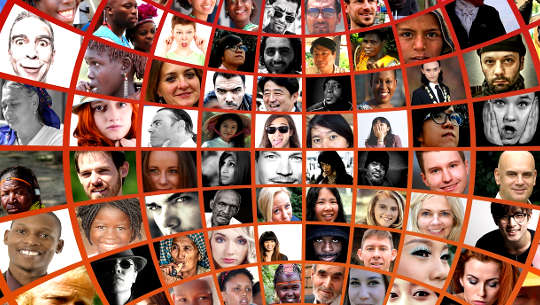
Image by Gerd Altmann
Narrated by Joanne McCall, McCall Media Group
If you find that your community is lacking in some way, you’re not alone. The process of making a conscious choice to continue healing from Otherness involves moving away from people who bring toxicity to your life—whether through mind games and manipulation, power struggles that leave you feeling the need to constantly defend yourself, or attacks on your self-esteem that exhaust you.
The relationships that make you most unhappy in your life are likely the ones where someone is using your history of Otherness against you. Say you’re a woman who was Othered for her body size or shape. Chances are that, even as you healed, the relationships that remain the most hurtful use body-shaming when the someone wants to inflict hurt. People who are willing to use our deepest hurts against us are not well.
Sadly, exposure to these types of relationships can leave you feeling that no one is safe, and that you cannot trust anyone. When you’ve learned to move away from toxic people, then made a bold choice to put yourself out there again and taken a risk to do it—only to encounter toxic people at first—it’s normal to initially retreat into isolation. “Initially” is the keyword here, because we need to continue showing up.
Venturing Into New Communities
As we venture into new communities, we do need to be alert. We may encounter people who sense our newness and the vulnerability it entails. They can try to take advantage of us as they sense our eagerness to connect, or perhaps our naivety about the group’s cultural norms.
Alcoholics Anonymous and Narcotics Anonymous groups deal with something called “13th-Stepping,” in which an experienced member pursues romantic involvement with someone new to recovery. The new person is vulnerable, still adapting to sobriety, and can be seduced by wisdom and support from a person who’s been sober for a long period of time. The phenomenon can apply to all kinds of communities.
Seeking out a community of healing, being exploited in it, perhaps assuming the shame and responsibility for what went wrong, and then isolating back into our struggle, can become a cycle. This happens in many ways as we choose bold and radical new lives for ourselves.
Other times, the members of a group just ignore you and you struggle to make connections. We showed up, determined that this was going to be our thing. Then the people we hoped to meet and forge community with were not there. We tried, showed up, and even brought a hummingbird cake. But they could not be bothered. In these instances, the well-worn path leads us back into isolation, the home of our internal oppressor who’s ready to shame the hell out of us for trying to venture out.
When Jaime was twenty years old, he moved to a large city where he came out as gay. The city represented both a physical and mental space of freedom for him and he was excited to start his new life. Yet, with as much promise as the new city held, it wasn’t long before he began encountering forms of Otherness within the gay community. Bars seemed to segregate along racial lines, as well as lines dividing body size and shape.
Online dating proved equally discouraging, as many men’s profiles stated things like “No fats, no femmes, no Asians.” This left him questioning his place among gay men, a world that seemed to shut so many people out.
Jaime’s story reflects the rollercoaster experience of working hard to make life changes, only to find that new places we occupy can present barriers similar to those from our past. Encountering these things in new settings, where we should feel at home, seems to cut even more deeply. With all the courage and sacrifice we make to live our personal truth, we expect that somehow things will be different in a chosen community. Just as Jaime was disillusioned by racism, classism, femmephobia, and fatphobia within the gay male community, you may have been surprised to encounter barriers in new communities that you had expected to call home. After all, isn’t the promise of overcoming the pain of being cast out as Other that you’ll find a place of acceptance where you can lay down your burdens among a like-minded community of people who care about your struggle and are invested in not repeating it?
I contend that we must keep that promise alive as a light to guide our ship by, as we continue sailing past people and communities who are not invested in our needs. Acceptance is so very central to our well-being. Healing our stories, including ancestral stories, requires that we find people who can support our continued growth. Rather than remaining disillusioned when we don’t first encounter this, it’s essential that we continue the effort.
Experiencing Community
Through all these experiences of movement and change, of trying to connect with people and forge community, we learn more about ourselves and what we really need to feel in order to experience community. Simply having a shared characteristic with people, whether our race, sexual identity, or other aspect is only a start.
It is usually not enough to find connection. You’re a complex intersectional being. Your life story joins together many aspects of self: gendered, racial, sexual, cultural, physical, intellectual ways of being. You play many life roles that might include partner, parent, professional, social organizer or quiet friend. This includes being a lover of music, gardening, or cheesemaking, and the things you like to do on a Sunday afternoon.
Jaime found that while gayness was a sense of identification and orientation, many other aspects of his life were equally important and needed to be not only seen, but honored.
While working in a print shop, Jaime discovered a love of graphic design. As he pursued his interest, he found a community of creative people: tattoo artists, muralists, sculptors, and a larger group of their partners, spouses, and friends of the arts. They were invested in each other’s work and the practice of creativity.
This community was a mix of people also drawn to urban life, and they helped Jaime discover new forms of music, philosophy, and other things that came to matter to him. They were from various regions and had different cultural backgrounds, gender and sexual identities, ways of thinking and being. This community of creativity expanded Jaime’s language for gender identity, and Jaime began identifying as gender?queer and using the pronoun “they.”
Equally, Jaime had an impact on the people around them, producing art that signaled life as a Mexican immigrant with ancestral roots in the original peoples of the Americas. Their art became bolder and more confident, supported by a community who cared about Jaime’s story and their right to be, in all their identities—queer, Mexican, artist, vegan, lover of people and freedom.
Like Jaime, you have a variety of parts of self—some reflecting areas where you’ve been Othered and some where you’ve been included. All these parts of you may be enriched by a community of people who share an aspect of your life or happily celebrate it in you. To help you identify new areas where you may need to forge community, we’ll turn to the clarity tool.
Clarify What You Need From Community
Prepare yourself for this mindfulness activity by focusing your attention on the breath, one of your physical features, or another object. Allow mind-chatter about to-do lists or other preoccupations to release. Spend some time deepening your process, being in the moment and allowing yourself to flow with it. When you are ready, consider the following and reflect in your journal.
- Is there an important aspect of your identity that you’re not able to express in your present community—but are yearning to? Consider your race, culture, sexuality, language, gender, spirituality, where you’re from, where you live now, and your ways of thinking and doing.
- What is the area of your life where you feel most like an outsider right now, where you wish you weren’t? Is it a role you play in community, parenting style, political position, interest, hobby, or form of personal expression? Allow yourself to notice your yearning for connections that you don’t yet have.
- What additional community needs do you have right now? Do you need a space where you can be playful and laugh without fear of judgment, or be with people who don’t require you to rescue them? Maybe you need a group to share a form of recreation. Notice this need and name it: “I need people who....”
Observing your life in this way may lead you to realize where you feel unseen. Perhaps this has been bothering you for some time, or maybe you’re only now becoming aware of it. You’re yearning to be seen and recognized, to feel the energy of a community of people who seem to say, “We recognize this part of you. We celebrate it. You have an impact on us.” In order to arrive there, it’s essential that you’re also willing to see this part of you.
The Challenges of Having Been Othered
Experiences of rejection taught us that in order to be in a community, we must leave significant parts of ourselves out. This takes us back to the rule of fear which insists that we must tone down our differences. Even as we heal from this rule and the losses it brought, we must acknowledge that these parts of us need to be seen. It takes courage and self-acceptance to find a community that also accepts us.
Jaime’s story shows the impact that community had. Through exploring music, art, lifestyle, and even definitions of self and gender, Jaime grew. Jaime created an intentional space in an affirming community, where relationships allowed each other to see, be seen, and have impact, within which they could all be positively impacted through mutual exchange.
Learning to take up space in the world, without needing to apologize, comes with an important commitment to also offering accepting space for others. As we form community in our lives, it’s crucial to foster inclusion for people around us who’ve also been Othered and now need to be seen. In doing so, we begin to dismantle Otherness within our community.
Copyright 2021. All Rights Reserved.
Reprinted with permission of the publisher,
New Harbinger Publications. NewHarbinger.com
Article Source
The Healing Otherness Handbook: Overcome the Trauma of Identity-Based Bullying and Find Power in Your Difference
by Stacee L. Reicherzer PhD
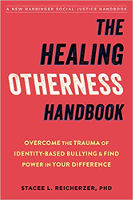 Were you the victim of childhood bullying based on your identity? Do you carry those scars into adulthood in the form of anxiety, depression, post-traumatic stress disorder (PTSD), dysfunctional relationships, substance abuse, or suicidal thoughts? If so, you’re not alone. Our cultural and political climate has reopened old wounds for many people who have felt “othered” at different points in their life, starting with childhood bullying. This breakthrough book will guide you as you learn to identify your deeply rooted fears, and help you heal the invisible wounds of identity-based childhood rejection, bullying, and belittling.
Were you the victim of childhood bullying based on your identity? Do you carry those scars into adulthood in the form of anxiety, depression, post-traumatic stress disorder (PTSD), dysfunctional relationships, substance abuse, or suicidal thoughts? If so, you’re not alone. Our cultural and political climate has reopened old wounds for many people who have felt “othered” at different points in their life, starting with childhood bullying. This breakthrough book will guide you as you learn to identify your deeply rooted fears, and help you heal the invisible wounds of identity-based childhood rejection, bullying, and belittling.
If you’re ready to heal from the past, find power in your difference, and live an authentic life full of confidence—this handbook will help guide you, step by step.
For more info and/or to order this book, click here.
About the Author
 Stacee Reicherzer, PhD, is a Chicago, Illinois-based transgender counselor, educator, and public speaker for the stories of the bullied, forgotten, and oppressed. The San Antonio, TX, native serves as clinical faculty of counseling at Southern New Hampshire University, where she received the distinguished faculty award in 2018. She travels the globe to teach and engage audiences around diverse topics of otherness, self-sabotage, and imposter phenomenon. She is the author of The Healing Otherness Handbook (New Harbinger, April 2021).
Stacee Reicherzer, PhD, is a Chicago, Illinois-based transgender counselor, educator, and public speaker for the stories of the bullied, forgotten, and oppressed. The San Antonio, TX, native serves as clinical faculty of counseling at Southern New Hampshire University, where she received the distinguished faculty award in 2018. She travels the globe to teach and engage audiences around diverse topics of otherness, self-sabotage, and imposter phenomenon. She is the author of The Healing Otherness Handbook (New Harbinger, April 2021).
Visit the Author's website at DrStacee.com/























